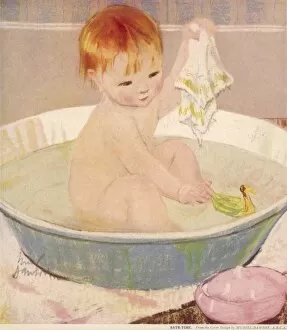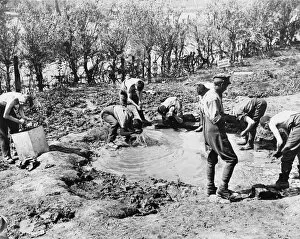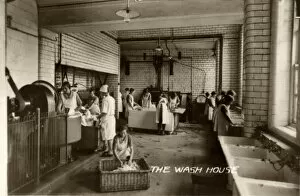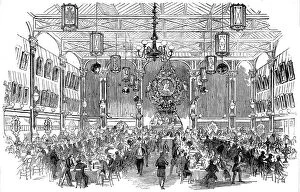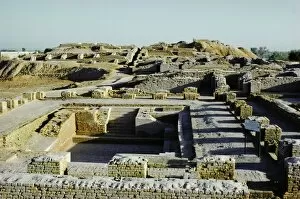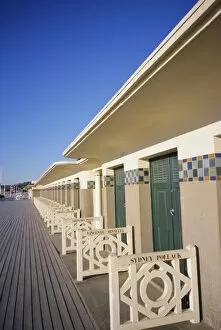Cleanliness Collection (page 14)
"From the Trenches to the Outback: A Journey through Cleanliness" In the midst of WW1, soldiers found solace in Wrights Coal Tar Soap
For sale as Licensed Images
Choose your image, Select your licence and Download the media
"From the Trenches to the Outback: A Journey through Cleanliness" In the midst of WW1, soldiers found solace in Wrights Coal Tar Soap. Its soothing properties not only cleansed their weary bodies but also provided a sense of comfort amidst chaos. As time marched on, Goodwins toilet soap emerged in the 1930s, bringing luxury and refinement to everyday cleansing rituals. It was a symbol of sophistication and elegance that transcended societal boundaries. But cleanliness wasn't just limited to personal hygiene; it extended even to our surroundings. Heath Robinson's whimsical illustration "Ending in Smoke" depicted a comical contraption ensuring clean air for all – reminding us that cleanliness is not just about ourselves but also about preserving our environment. Venturing into Australia's vast landscapes, we encounter an unlikely duo - the rustic outback dunny and majestic Uluru (Ayers Rock). Despite their contrasting appearances, they both embody purity and simplicity, reminding us that they are be found even in the most unexpected places. Advertisements played a crucial role in promoting cleanliness throughout history. Vinolia Soap enticed customers with promises of radiant skin while Lifebuoy soap fought dirt and disease with its powerful formula – proving that good health begins with proper hygiene. Pears Soap took it one step further by enlisting chemists' endorsement in 1912. Their seal of approval reassured consumers that this soap was indeed superior when it came to maintaining personal cleanliness. Keatings Powder entered the scene as an ally against pesky pests lurking within our homes. Its advertisement emphasized how cleanliness could protect us from unseen dangers – reinforcing the idea that tidiness goes beyond mere aesthetics. The Ten Scout Laws served as guiding principles for young minds eager to make a difference. Among these laws stood "Cleanliness, " teaching scouts not only how to keep themselves tidy but also instilling values like respect for others' well-being and care for communal spaces.






